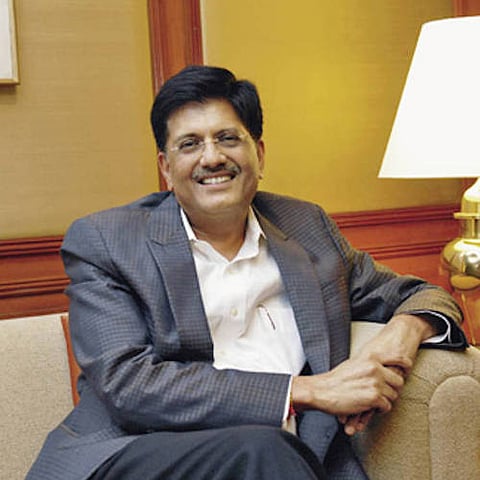When commerce minister Piyush Goyal interacted virtually with his Asean (Association of Southeast Asian Nations) counterparts recently, he had a one-point agenda – review of the India-Asean Free Trade Agreement in goods. India has been pressing the Asean countries for a review of the goods pact since 2015, one year after the Modi government assumed office.
In the run-up to the 2014 general election, the Bharatiya Janata Party had promised a review of all FTAs signed by the UPA. In September 2019, Asean economic ministers finally agreed to ‘initiate the review’ of the goods pact at their meeting with Goyal in Bangkok. But there is no sign of a review yet.
On its part, the Modi government has been claiming that it is looking to revamp its strategy on FTAs with Finance Minister Nirmala Sitharaman too hinting at it recently. “Reciprocal arrangements are being asked with the countries with which we have opened up our markets. Reciprocity is a critical point in our trade negotiations,” she said.
The BJP in particular wanted a review of the India-Asean trade pact as balance of trade was heavily tilted in favour of Asean members – Brunei, Cambodia, Indonesia, Laos, Malaysia, Myanmar, the Philippines, Singapore, Thailand and Vietnam. India’s imports from Asean countries increased sharply after the signing of the FTA in 2009. India in 2009 signed an FTA in goods – Asean-India Free Trade Agreement (AIFTA) – with the group, and in 2014 inked an FTA in services.
Worsening trade balance
Co-chairing the 17th Asean-India Economic Ministers Consultations last month, Goyal highlighted that the FTA has to be ‘mutually beneficial’ and expressed the need to strengthen the rules of origin provisions, work towards removal of non-tariff barriers and provide better market access. He asked for an early review of the Asean-India Trade in Goods Agreement (AITIGA) as the trade pact is hurting India’s interest.
Out of 21 sectors, trade balance has overall worsened in 13 sectors. These sectors account for approximately 75 per cent of India’s exports to Asean. Currently, India’s trade deficit with Asean countries stands at about $24 billion. The utilisation of certain specific lines is said to be as low as 5 per cent. Only places where India has done better is ceramics, cement, paper, animal goods, among other things.
One of the reasons India is now more keen on a review is the violation of rules of origin. Chinese goods are dumped in its market through a third country with which India has a free trade agreement. Many items enter the Indian market, taking advantage of the Asean-India FTA. Imports at reduced or zero duty put Indian industry at a disadvantage.
India now wants to finalise the scoping exercise, before the Asean-India Leaders’ Summit scheduled in November 2020 and to start the full review before the end of this year. However, it appears that, for the Asean, a review of the goods pact is not a top priority. Currently, the Asean countries are scrambling to prepare for the signing of RCEP (Regional Comprehensive Economic Partnership) in November.
RCEP is a mega FTA in the Asia-Pacific region between 10 member-states of Asean and five of their FTA partners –Japan, China, Australia, New Zealand and South Korea. The 15 negotiating countries account for 30 per cent of the world’s population and just below 30 per cent of global GDP. Further, the signing of the RCEP may not end the process – with several countries having to ratify the agreement through parliamentary process.
For India, however, it is a different ball game. Having pulled out of RCEP, it does not want to be now deprived of the trade flow advantages accruing from a reworked India-Asean FTA. Hence, it has been trying to renegotiate a better deal for itself. “Without RCEP, Asean obviously becomes more important,” a commerce ministry official conceded.
According to sources in the ministry, Asean had probably agreed to start the review as a ‘sweetener’ to obtain India’s assent for the RCEP text. “Asean countries had probably got the impression that the review was politically important to the government of India. Since they wanted to get RCEP going with India’s participation, they agreed to the review,” the sources added. Two months later, India dropped out of RCEP, claiming that the outcome of the negotiations was ‘neither fair nor balanced’. This has now thrown a spanner in the proposal for a review.

